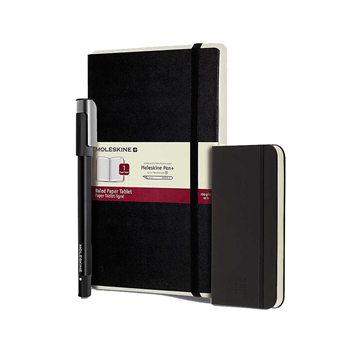The present invention relates to a touch screen device and more particularly to a shield used in the touch screen device to shield the touch screen from external noise due to stray capacitance.
Capacitive touch screens have become one of the major touch screen technologies in marketplaces such as the hospitality and quick-service point of sale marketplaces, mainly due to their extremely high durability and their resistance to interference from foreign objects on the screen, such as dirt and grease.
Capacitive touch screens calculate touch points by measuring the amount of current that the body of a user of the screen draws from the screen. This current drain is caused by capacitive coupling of the user's finger (and body) from a conductive film layered on the glass of the screen. A capacitor is defined as being two conductive surfaces separated by a thin insulating surface. In the case of a capacitive touch screen, as shown in FIG. 1, the two conductive surfaces are the user's finger 10 and a conductive coating 12 on the glass 14 of the touch screen. The insulating substance is a thin protective covering 16 layered on top of the conductive coating 12. This combination forms a capacitor, represented symbolically in FIG. 1 by the capacitor 18.
The touch point is calculated by measuring the current drain at the four corners of the touch screen. The closer a user's touch is to a corner, the more current drain will be measured from that corner. A microprocessor circuit compares the current drain from the four corners and calculates an X, Y coordinate for the touch point.
It is the fact that the hand does not actually touch the conductive coating that makes capacitive touch screens so durable, for reasons which include the following. The insulating coating can be made very strong so that it protects the conductive coating from scratching and wearing over time. Any foreign objects on the insulating coating (dirt, grease, etc.) will not degrade the performance of the touch screen. The touch screen assembly has no moving parts; therefore it can be sealed to the bezel of the touch screen device to prevent leakage of liquids into the device.
Unfortunately, it is also the fact that the hand does not touch the conductive coating of the touch screen that makes capacitive touch screens susceptible to interference. For example, as shown in FIG. 2, a left hand 20 of a user placed on the bezel 22 of a touch screen device 24 will induce enough stray capacitance to cause error, as shown by point 26, in the X, Y coordinates which are calculated by the system to represent a point 28 touched on the touch screen 30 by a finger 32 of the right hand 34 of the user.
The reason that the touch screen 30 so easily picks up the capacitance (C') of the hand 20 is that the active area of the touch screen 30 is only approximately 75% of the entire area of the glass. The 25% unused area of glass (hidden from view under the bezel 22) is required to distribute charge evenly throughout the conductive coating. Although this portion of+the touch screen is unused, it is still sensitive to capacitance. Therefore it easily picks up the large capacitance of the hand 20 since only the thin bezel 22 separates the hand 20 from the glass of the touch screen 30.
Current methods to shield this sensitive unused portion of the touch screen 30 from stray capacitance induced by the hand 20 of a user of the touch screen device 24, which includes the touch screen 30 and an associated display 34, include covering the unused portion of the screen with a piece of conductive tape 33 beneath the bezel 22, as shown in FIG. 3. The touch screen 30 typically comprises a glass base 36 having a conductive coating 38 and an insulating coating 40 disposed thereover. The conductive tape 33 typically comprises a plastic tape base 42 with a silkscreened conductive pattern 44 on its surface. The tape 33 is driven with the same signal that is used to drive the four corners of the touch screen glass. Although the conductive tape certainly is an improvement over the unshielded glass, and insulates the touch screen from a large portion of any outside interference, it still allows some stray capacitance to get through. Two other drawbacks of the tape shield method are that it is visually unattractive, and that it must be electrically isolated from grounding sources since it carries a signal.
One effective type of shield which may be employed to shield a touch screen is the subject of U.S. patent application Ser. No. 08/234,881, filed Apr. 28, 1994, Docket No. 5948, assigned to the assignee of the present application, and incorporated herein by reference. This shield comprises two interconnected rectangular metal elements which are disposed on either side of the touch screen. However it would be desirable to provide a shield which is even less expensive than such a shield, and which can be assembled to the touch screen in a very simple manner.
Source:
Please rate this
Poor




 Excellent
Excellent




 Excellent
Excellent
Votes: 0 |NaN out of 5






